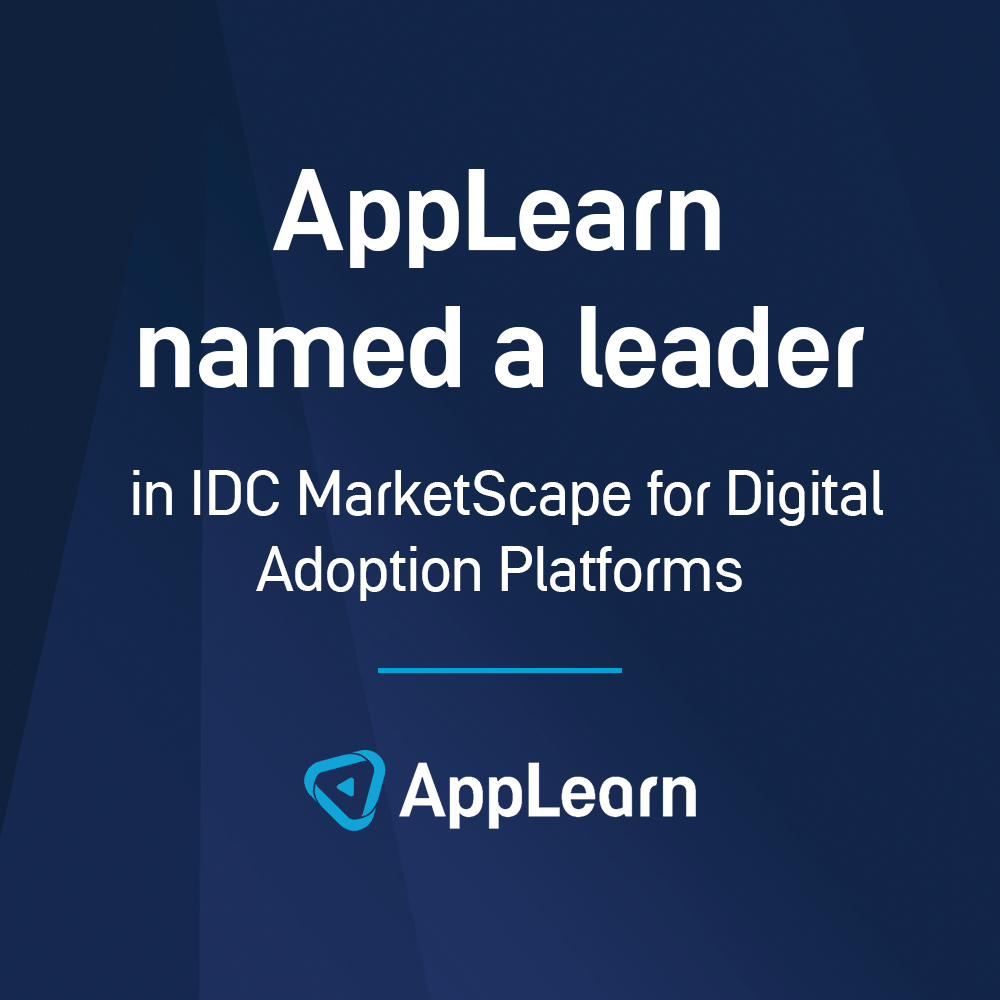News
7 ways industry leaders are mastering virtual onboarding
7 ways industry leaders are mastering virtual onboarding
Did you know that the Hotjar company randomly connects its employees in a virtual chat for half an hour to get to know each other and that LinkedIn now spreads its old one-day program out over a week? Read this blog to find inspiration in virtual onboarding activities employed by global companies and reach world-class excellence with your own processes.
Pre-pandemic, on a LinkedIn employees’ first day in the office they would receive an already configured computer ready and waiting at their desk. While the pandemic outbreak and working from home has changed this in some cases, the outcome remains the same. A newcomer gets the computer directly from the supplier and downloads the software and logins by themselves.
But, while providing the employee with necessary equipment, don’t forget other onboarding technologies. These could include verification systems and encrypted software to sign emails and documents. These allow the employees to send confidential information and attachments so that nobody can see them.
It’s also highly recommended to deploy onboarding tools, such as our digital adoption platform AppLearn Adopt, for faster and more efficient initial employee training. These tools guide the employee throughout your software and simultaneously advise the employee if he or she gets lost.
One of the benefits of onboarding tools is they can be personalized, and hence suit your employees’ needs. The tools can also tell you which part of the program is the most confusing for employees, or how long do they need to master the program.
Besides onboarding tools or encryption software, there’s plenty organizations should be doing to make virtual onboarding work better. And this starts with communication.
Keep in touch
While working from home, the relationships will not be easy to build. However, there are a few ways how the new hire can become part of the team. Kelly Chuck, who is responsible for LinkedIn’s onboarding program for new hires, shares the same opinion.
“Zoom allows you to have breakout groups of three or four and this gives new hires a chance to meet each other. We keep the breakout groups consistent throughout the sessions so that new hires can build relationships with people in their cohort,“ says Kelly for the company’s Talent Blog.
Hotjar, a business analytics company, also took an interesting approach. They use an app called Donut to meet the new hires’ colleagues online. Two people are randomly paired up to have a 30-minute chat via Slack every two weeks.
Lisa Spinelli from Association for Talent Development also reminds of the importance of contact with the direct manager.
Have regular one-on-one check-ins with the new hire and their direct manager to keep in touch. The manager then has the opportunity to check if everything goes as expected and plan next steps with the employee.
Introduce a virtual buddy system
Microsoft has been using a “buddy” program for quite a long time. Dawn Klinghoffer, head of Microsoft’s hiring department, has only positive experience. The program boosted new hire productivity and employee satisfaction.
It also gives a chance for the more seasoned staff members to show off their leadership skills.
So, how does the buddy system work? Every new hire is assigned one colleague to guide and help him or her to integrate with the team.
Association for Talent Development employs a similar program. Since the pandemic hit the buddy system continues virtually.
Embrace continual learning
Procter & Gamble, the owner of several beauty brands, hired 35 new employees in April. To make their first days easier, they created a P&G Connect platform. Its purpose is to provide basic information and serve as a training tool.
Flipkart online store, on the other hand, created so-called training leagues. These are online sessions where employees share their knowledge.
Visa, the world-renowned payment card provider, also hired 40 new employees in its two branches. The new hires are not only trained via video meetings, along with their colleagues, they also have access to the Visa University learning ecosystem.
In case you haven’t employed a similar process at your company so far, do no longer hesitate.
Designate a few days for onboarding
Less is sometimes more. And it applies to virtual onboarding too. To be more specific especially as far as time planning is concerned.
If you thought that onboarding – even virtual – should be as short as possible, you were wrong.
The ideal onboarding should take a couple of weeks. The newcomer is busy with learning and work during this time.
Spread out onboarding activities over a longer time just like LinkedIn did. They spread an initially one-day program out to over a week because they didn’t want the new employees to spend their entire day talking. Also, the employees could meet and greet their new colleagues gradually, not in a day.
For the best results, you should look at onboarding and plan your digital employee experience thoroughly. It will prove to be much more effective, both for you and any newcomers.
Emphasize your company’s culture
A LinkedIn onboarding survey of over 3,000 respondents said that up to 70% of employees would leave a company if it had a bad culture. The same percentage said that company values and mission is more important than the wage.
Where are we getting with this? First of all, the company culture is of utmost importance, even when it comes to training of new employees.
The first thing you should do is introduce your company values, thinking, and visions. Short explanation of the company’s history doesn’t hurt either.
Ask for feedback (and act on it)
One of the largest mistakes when it comes to onboarding is asking for feedback and ignoring it. Even worse, if you do not ask for feedback at all.
Virtual training is becoming a routine, however, there is still room for improvement. If you want to find out what would the new hires change and welcome, simply ask them.
Furthermore, feedback is vital not only for onboarding, but also throughout the entire employment.
Article by
Daniel Gripton
Share this article





